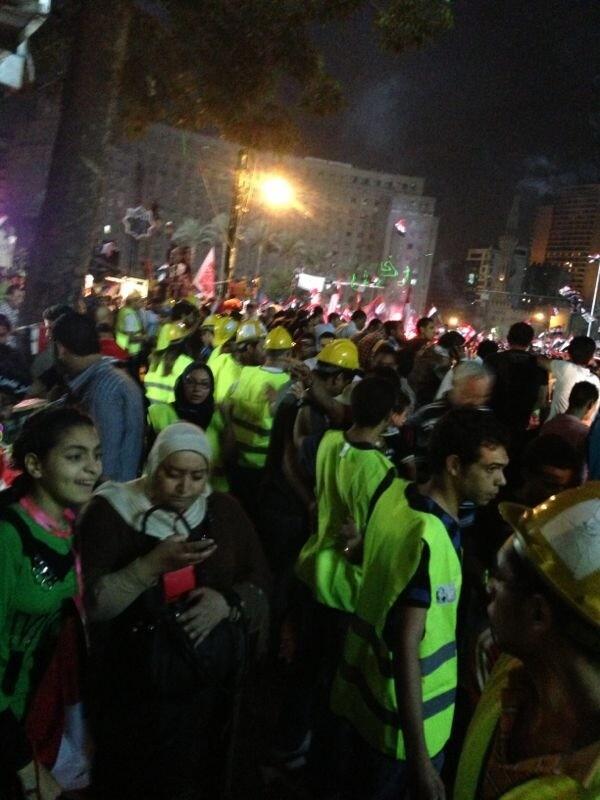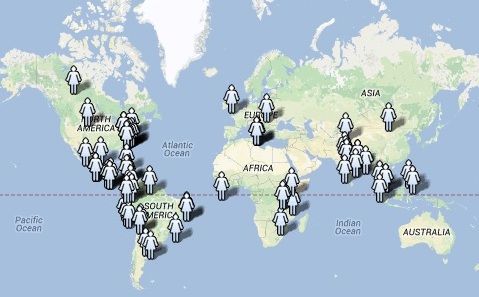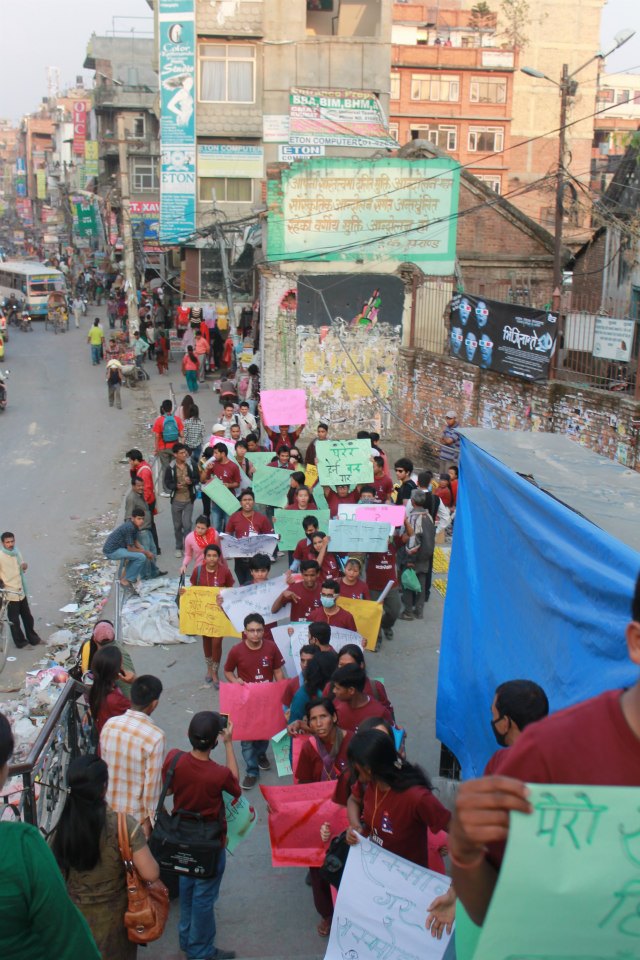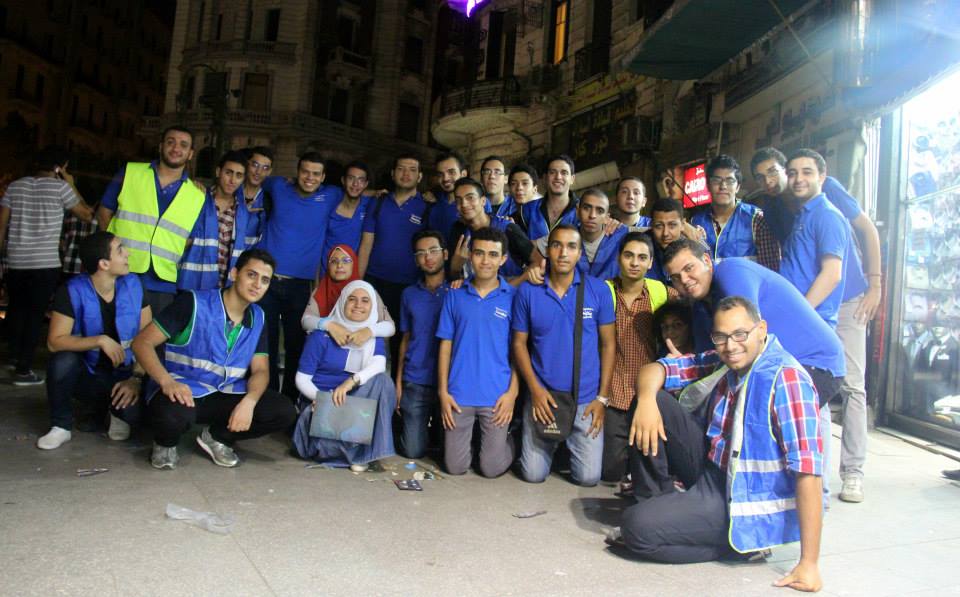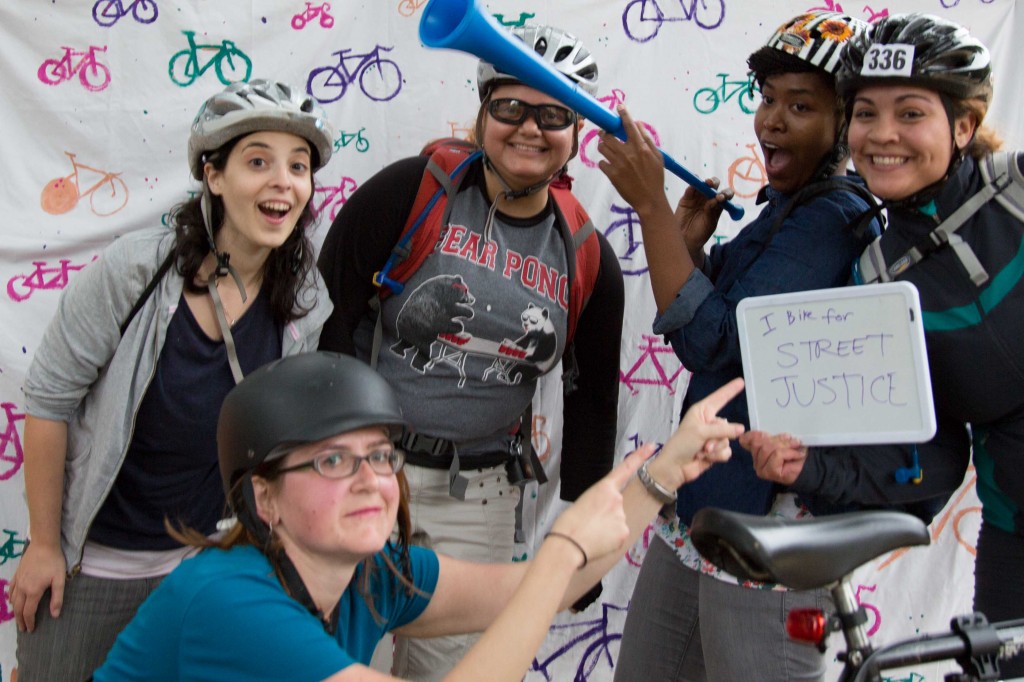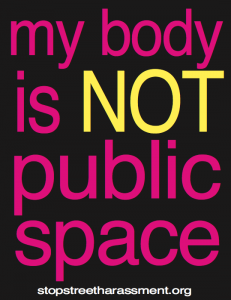Someone just tried to pick me up in the grocery store by smiling and saying, “Excuse me, you’ll probably laugh at me, but you’re slim and attractive and I was wondering if it would be possible to get a date with you,” and when I smiled back and said, “No thank you,” he said, “Sorry I don’t have white skin” and walked away quickly. Too quickly for me to have responded, and even so, I’m not sure what I would have said.
Do I just chalk this up to a wounded society that contains wounded people and carry on? Was he on some sort of misguided consciousness-raising mission? Should I have said, “Calling a stranger slim is not an appropriate comment, and also no, thank you”?
Honestly, before he finished his sentence I thought he was mentioning slim as a strange lead-in to asking me for help with vegetables, as we were in the produce aisle.
– Anonymous
Location: Whole Foods on Prospect Street in Cambridge, MA
Share your street harassment story for the blog.
Check out the new book 50 Stories about Stopping Street Harassers!

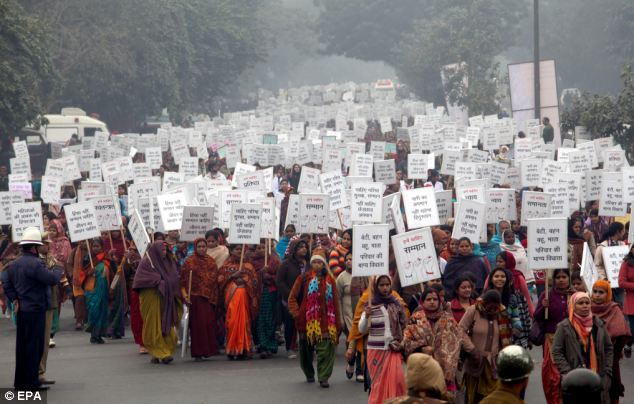 While the horrendous Delhi Gang Rape occurred in late December 2012, the outrage and campaigns to address sexual violence were in
While the horrendous Delhi Gang Rape occurred in late December 2012, the outrage and campaigns to address sexual violence were in 